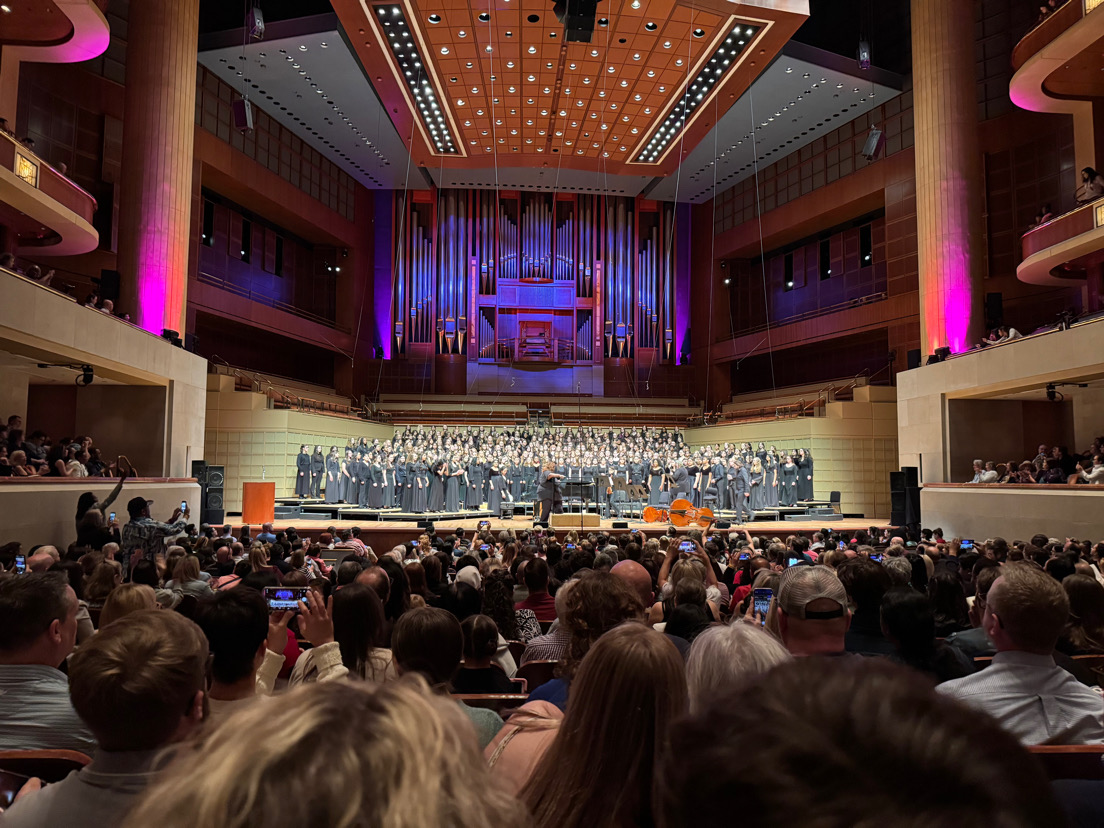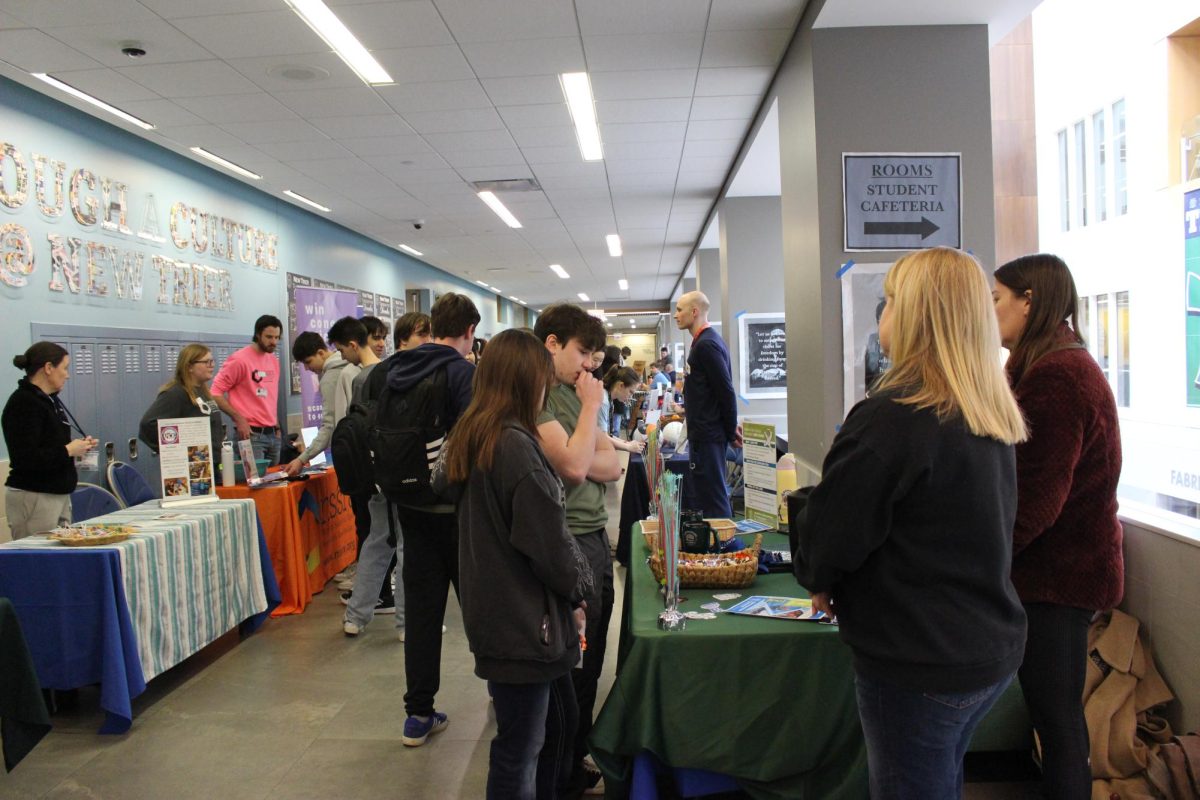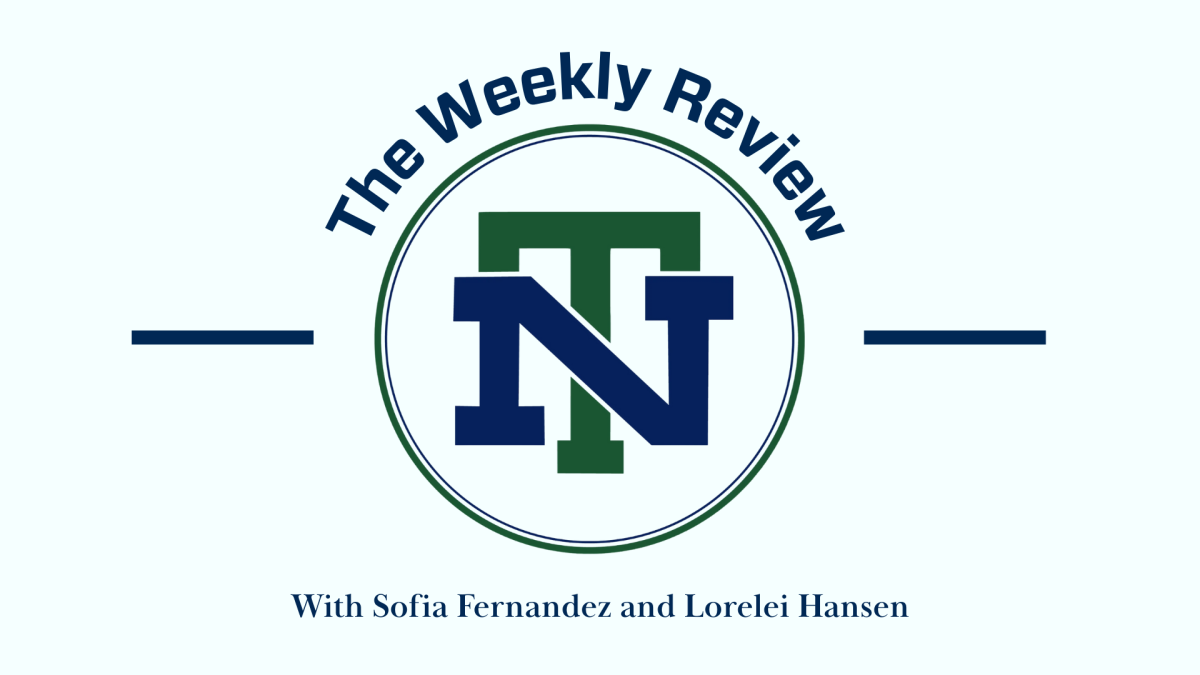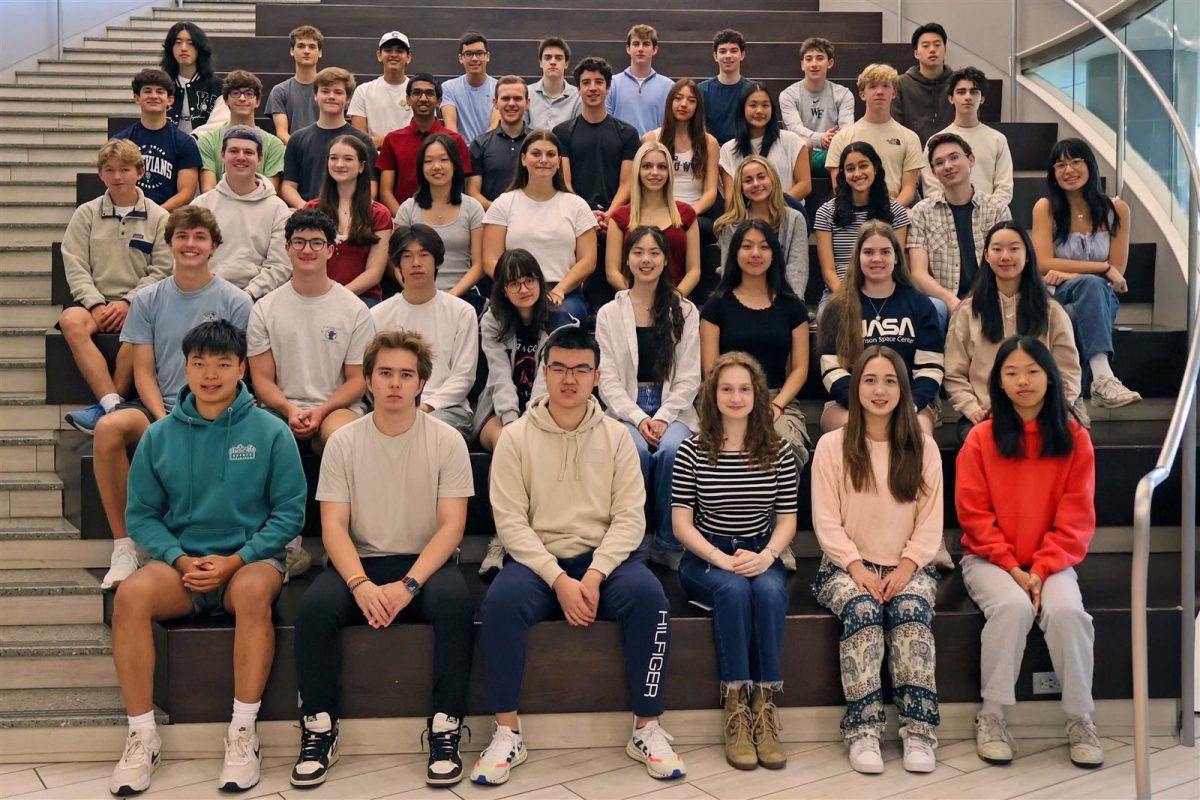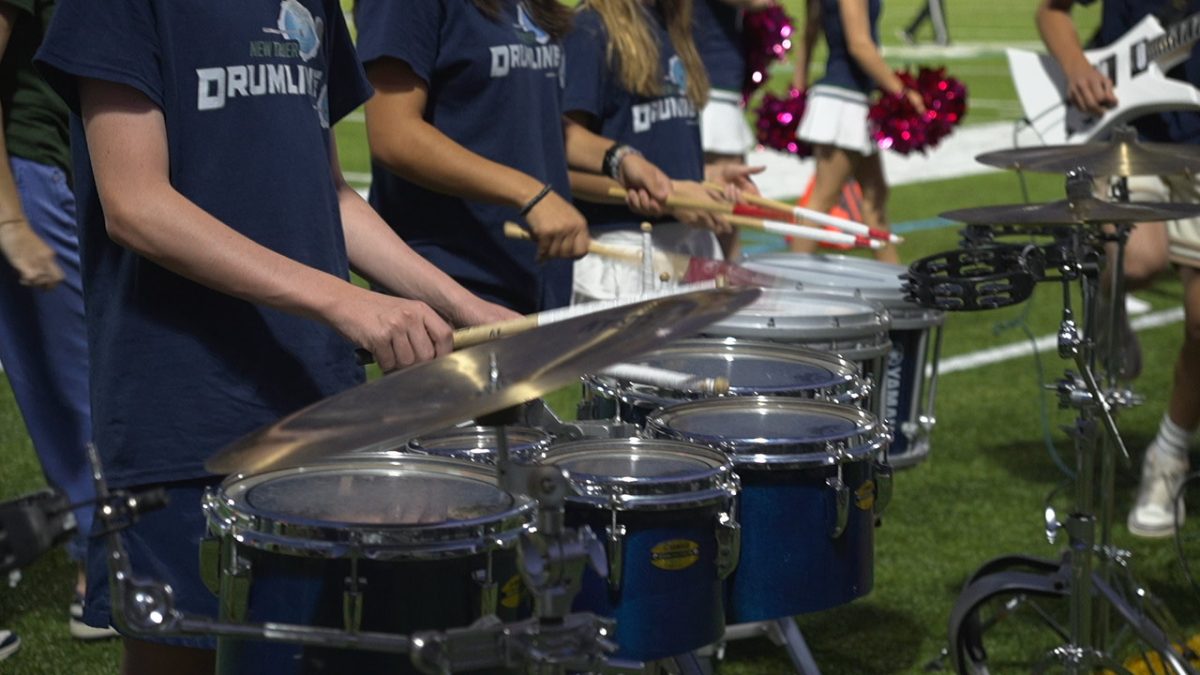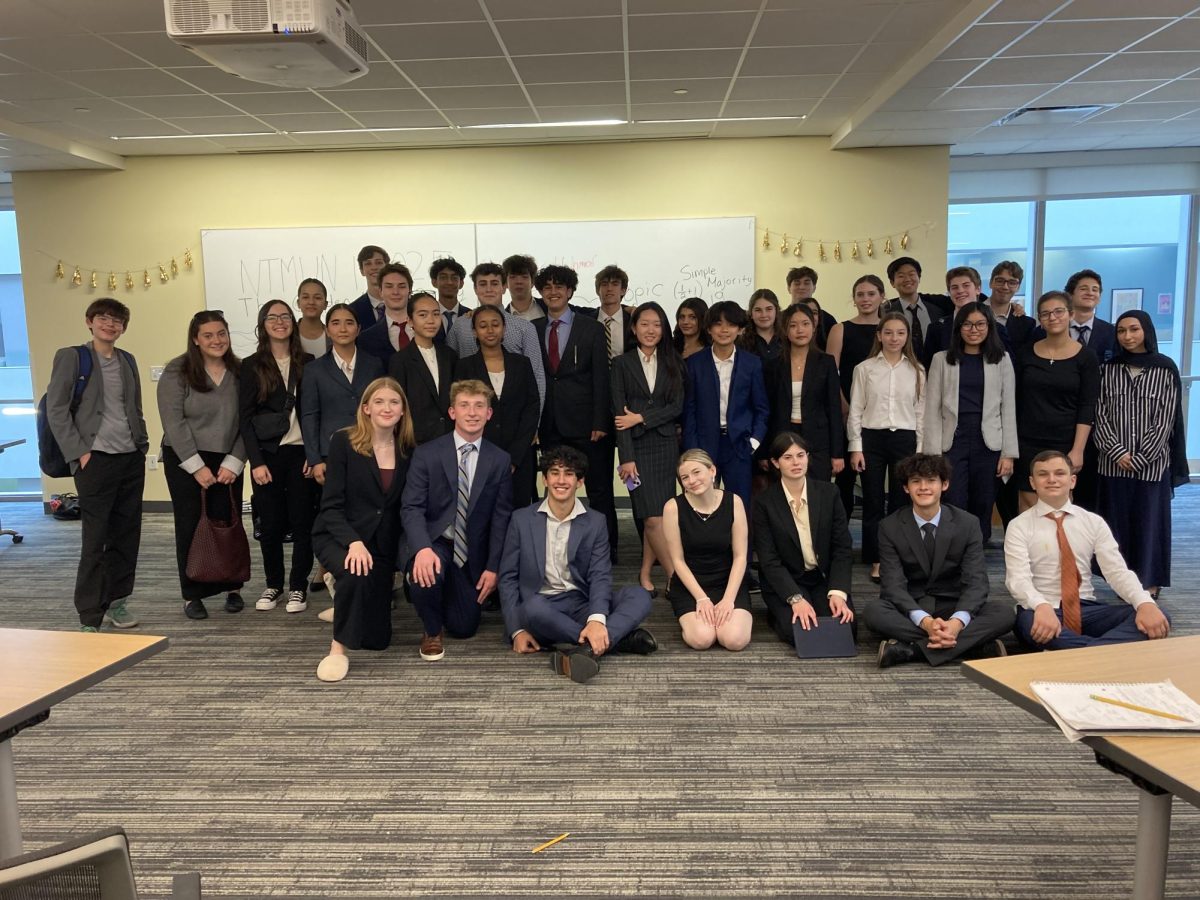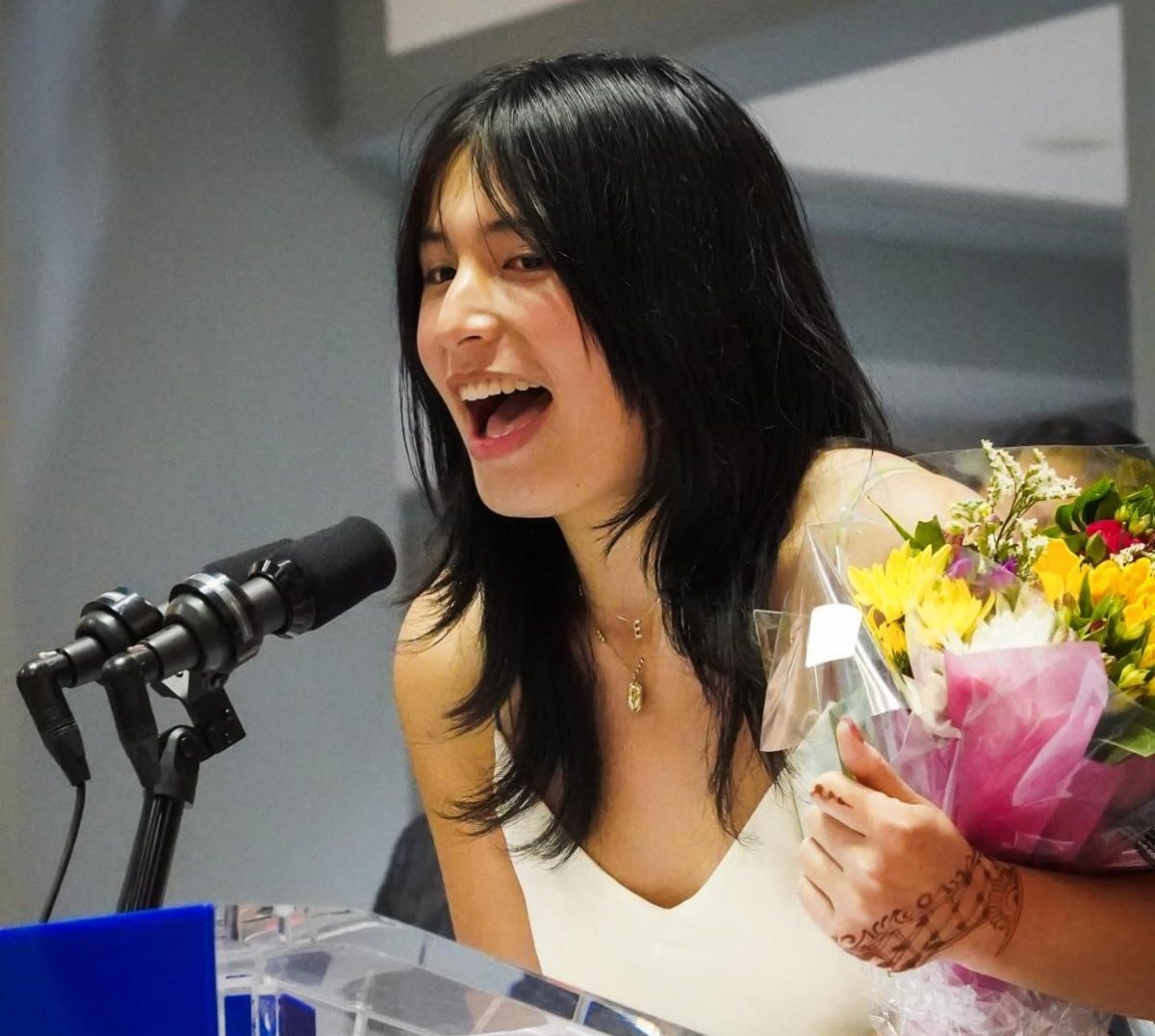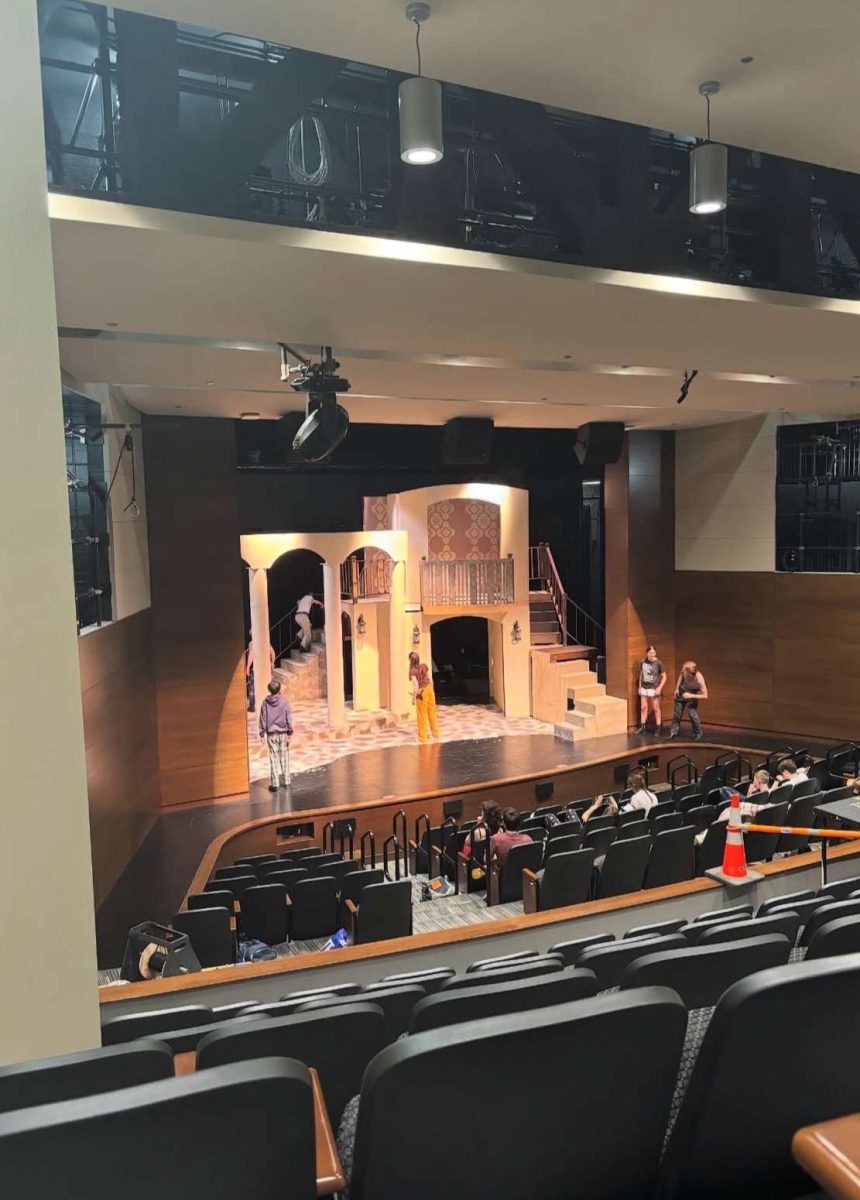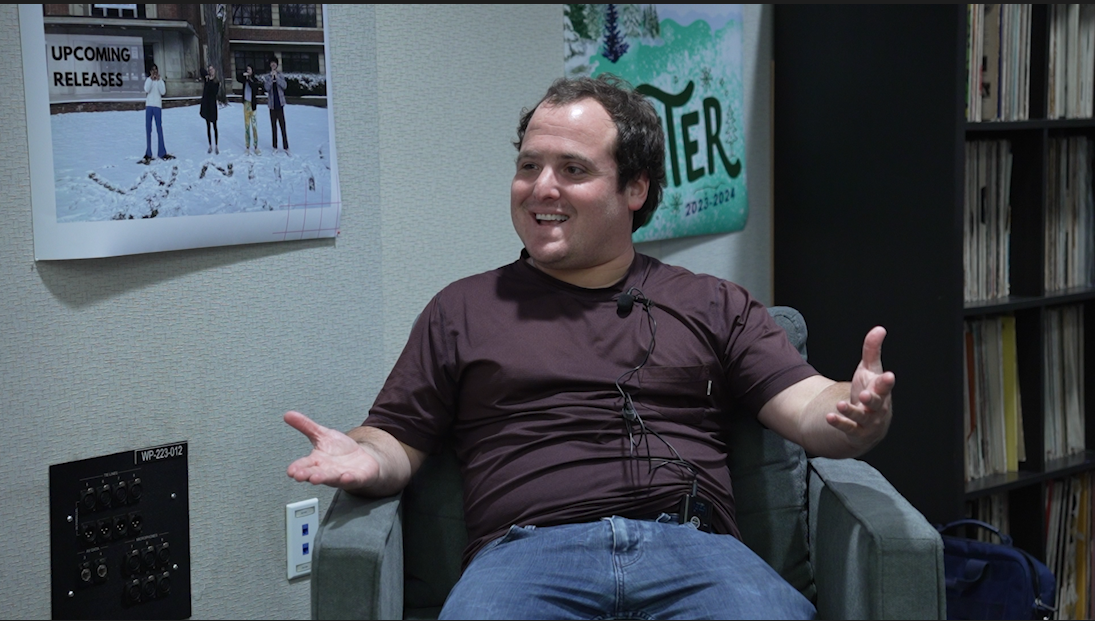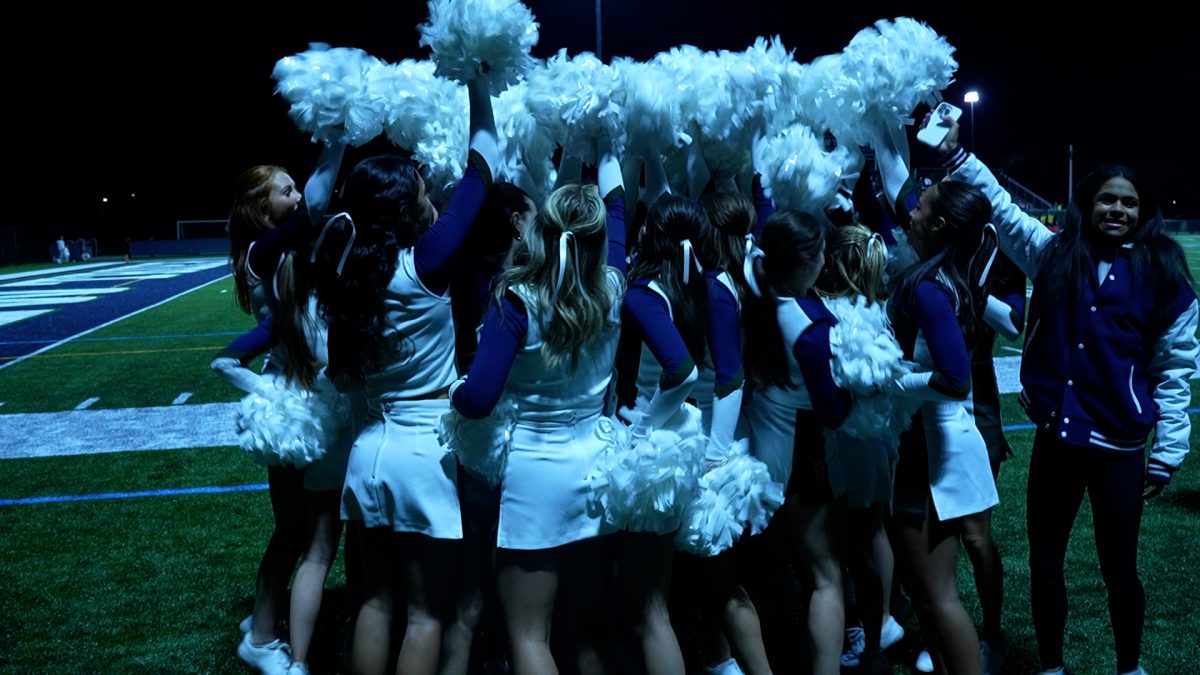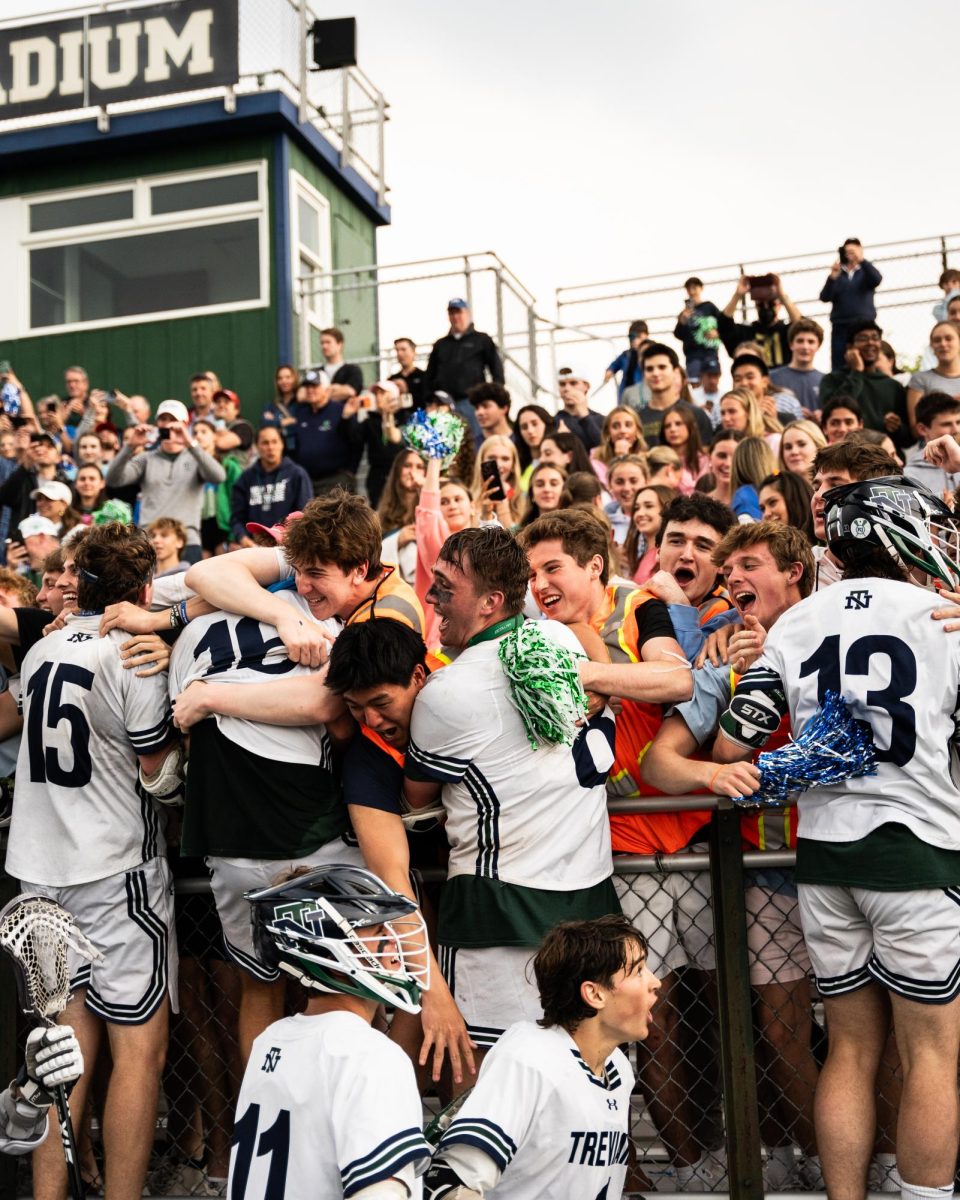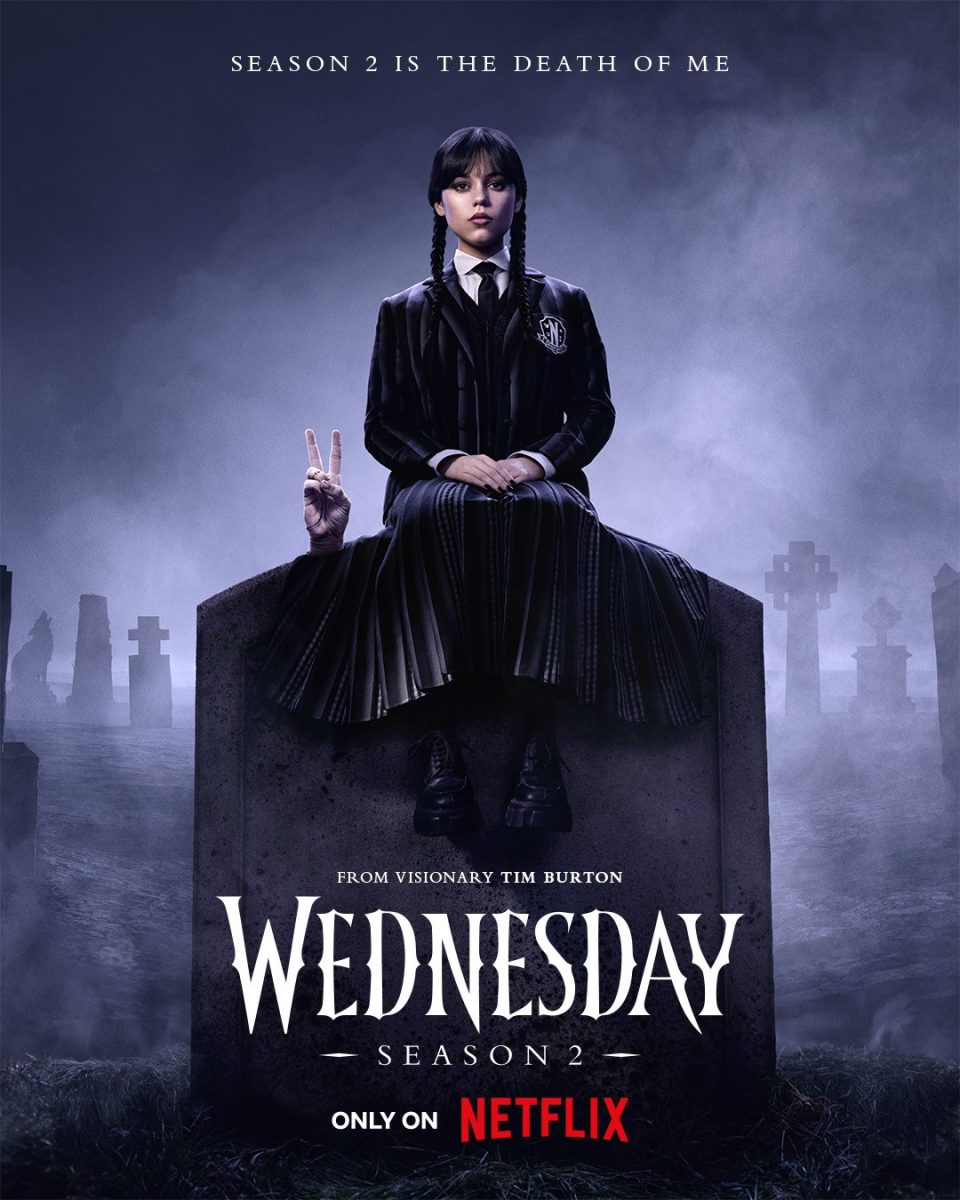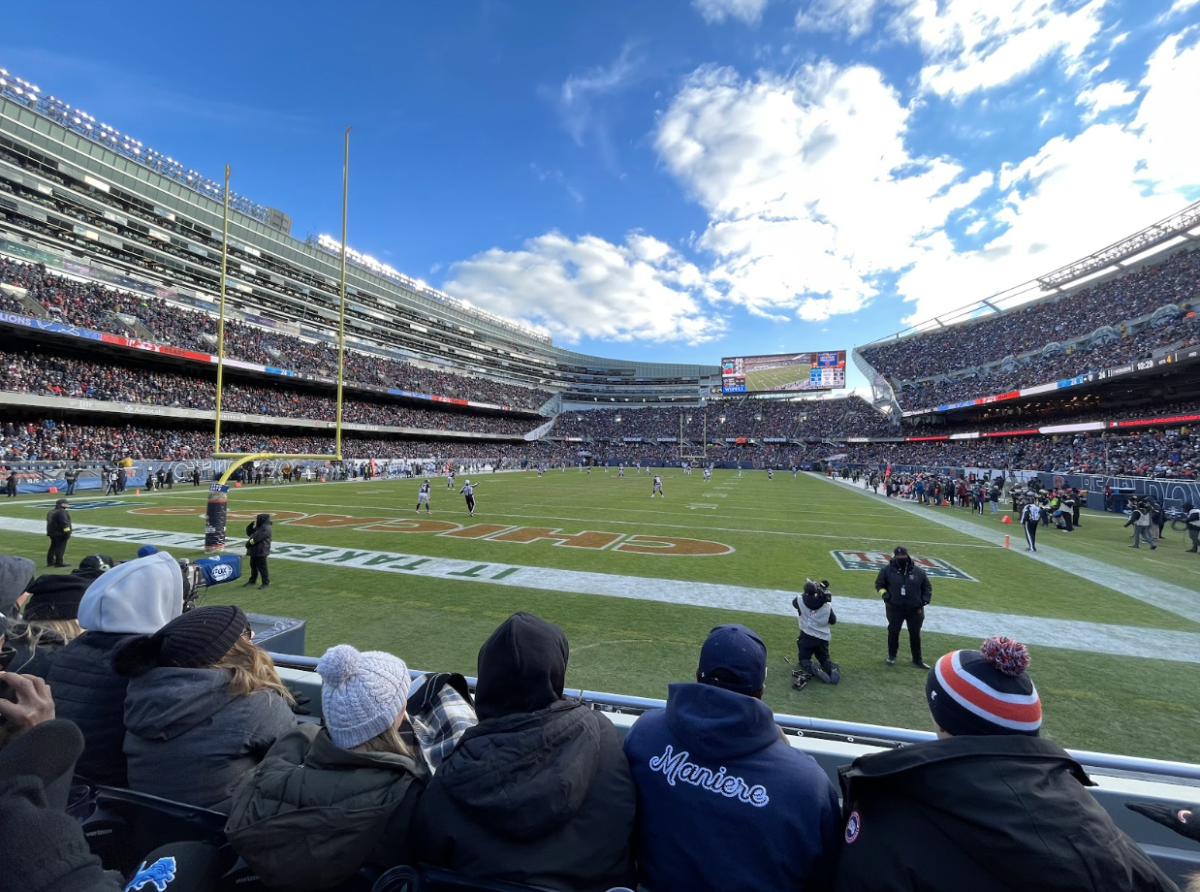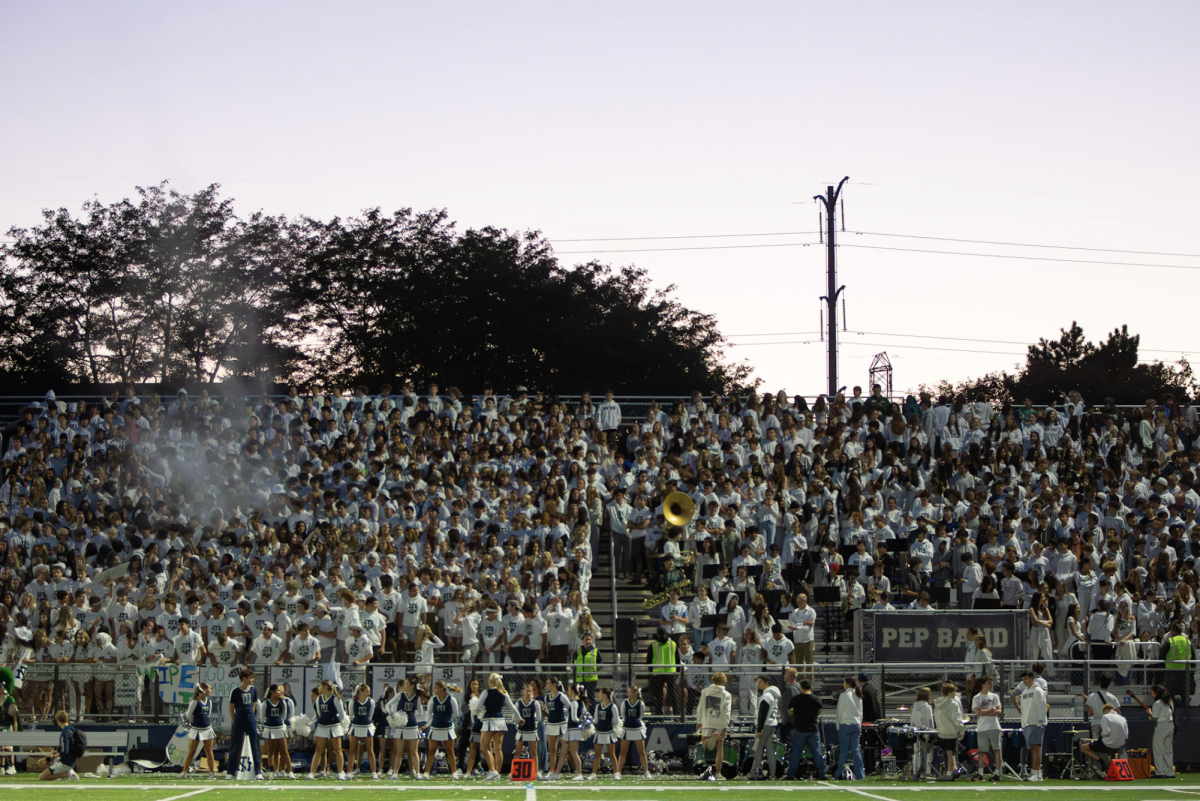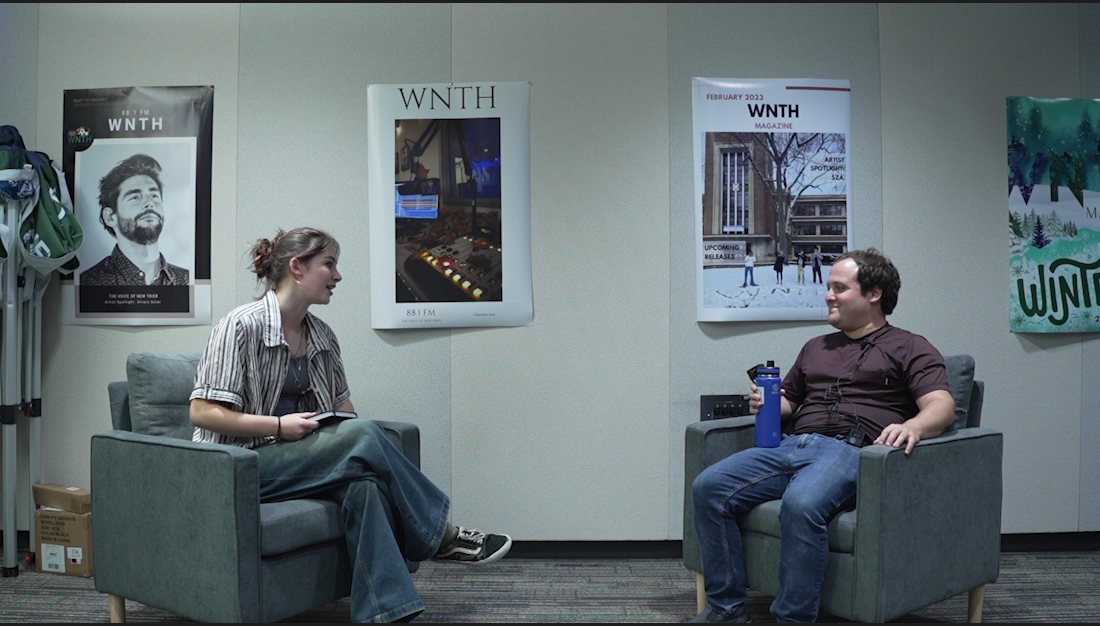Letter to the editor: MLB represents bright spot despite Latino wage gap
While underrepresented in some fields, Latinos take home fair pay in MLB
Frank Franklin II, AP Newsroom
Francisco Lindor signed a 10 year, $431 million contract with the Mets in 2021 to become the league’s 5th highest paid player
Latinos, and latinas especially, face a pay gap in the United States. Despite making up an increasingly large portion of the workforce, they’re underrepresented in many high paying jobs, and as NBC News reports, have a median household income ⅕ that of non-Latino whites.This gap, however, is closing.
In Major League Baseball, these statistics are far different. Baseball has long been a sport in which Latinos had a large impact, representing close to 20% of MLB players in the 1990s and reaching 31.9% by 2020. This includes some of the biggest stars in the game such as Fernando Tatís Jr., Juan Soto, Ronald Acuña Jr., and Francisco Lindor.
Though Latino players from 2017-2021 did earn less than their fair share considering their representation and performance, making up 26.3% of total players and delivering 26.5% of total performance (measured by Wins Above Replacement) despite earning only 25.4% of compensation, this 1.1% difference isn’t large enough to suggest discrimination.
Instead, data should be observed by performance quartiles. By measuring position players by WAR and on base plus slugging percentage, and measuring pitchers by walk plus hits per inning pitched (WHIP) and WAR, Latino position players and pitchers actually make more than the average player in 5 of the 8 quartiles. So despite certain disparities, Latino pay in the MLB is not a microcosm of the US economy.
In the lower performance quartiles, Latino players’ salaries perform especially well. They are higher than those of non-Latinos by a margin of 10-20%, which is especially significant because were they to be underpaid, it would likely be in these lower quartiles, where little public attention is paid.
On the flip side, Latinos make up 1/5 of pitchers but only earn 17% of the compensation for that group. This may be rooted in the fact that Latinos are not found as often in key pitching roles such as starting pitchers and closers.
The salaries of star Latino ballplayers are also similarly impressive compared to non-Latino stars. Young shortstops Francisco Lindor and Fernando Tatis Jr. make $341 million and $340 million, respectively, each year, coming in at 5th and 6th highest in the league. Tatis Jr. also has the league’s longest contract at 14 years.
This data, collected over the past five years, shows proper representation and pay of Latino players in the MLB. In addition to the transparency of sports contracts helping to minimize discriminatory pay, camps set up in Latin America by pro teams also help to increase Latino representation in the sport.
Three conditions must be met in order for salary parity in professional baseball and also in the larger economy:high performance from Latino players, a meritocracy for wages, and sponsors to advocate.
High performance, of course, is critical for parity. As shown by WAR contributions, Latino players can reach the majors and get paid well because of their skill.
A meritocracy-based system rewarding good performance is also key in allowing those deserving of pay to get it. Outside of sports, most professions in STEM pay based on qualifications despite lacking pay transparency. Young Latinos would greatly benefit from seeking out careers that take place in meritocracies as such.
Capable sponsors, like agents in pro sports, also aid in getting a worker their deserved pay. In finding the teams and negotiating for the players, they are important for a player’s value to be recognized.
While it can’t be said for the rest of the American economy, great (and even average) Latino baseball players will get paid their fair share.

